
Visual Memorandum of China’s Modern Education
2019-12-27 15:57:56
Outcomes of the Project
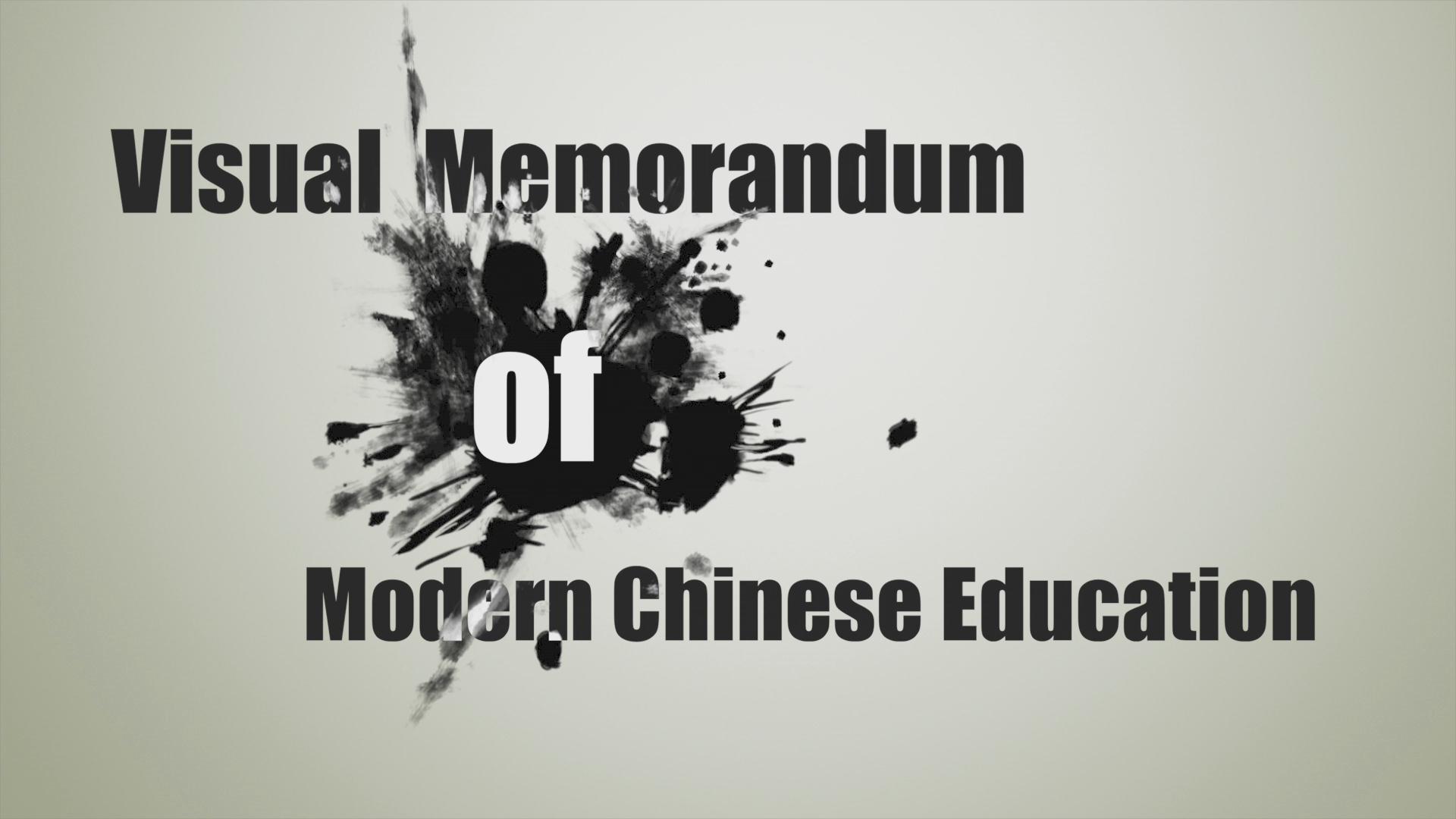
Through a complete process of archive preservation which includes collecting, sorting, restoring, protecting, researching, and sharing with the public, SMG carried out the project, Visual Memorandum of China’s Modern Education, and has set up an academic-research-based database focusing on archives about China’s modern education (before 1949). The database contains precious historical audiovisual archives, text catalogue, and other related historical files, preserving a valuable visual collection that records the history of China’s modern education.
Preservation of the Archives
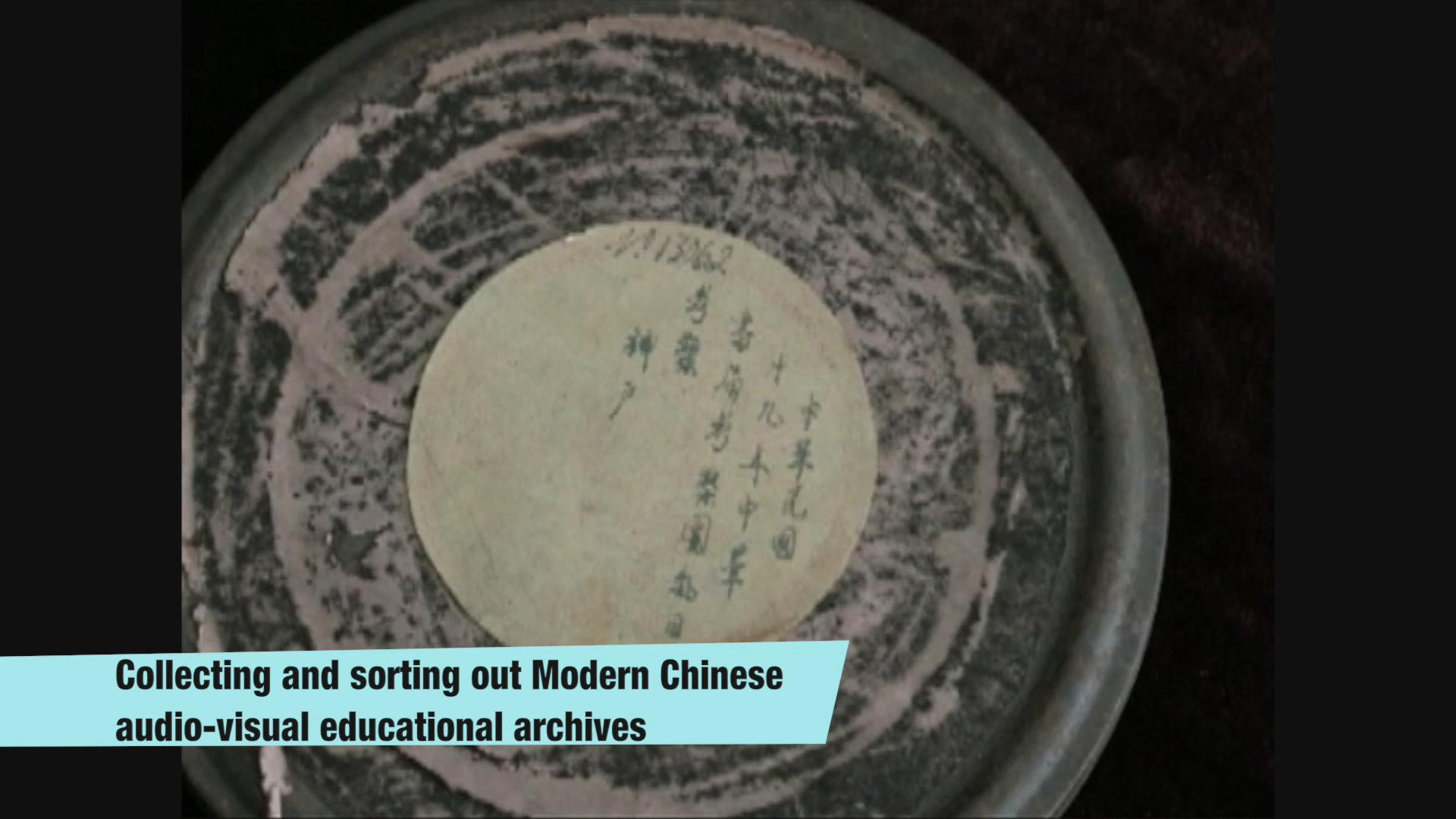
Thanks to Shanghai Audio-Visual Archives’ worldwide collecting channels of audiovisual archives, and owing to our researchers’ arduous work of collecting and sorting out archives, we extracted precious historical videos about China’s modern education from currently available documentaries and films which were produced in modern times of China, and then restored and digitalized those videos to preserve them. Because the videos were of various sources and of fragmentary contents, we also verified, studied, and carefully catalogued them. Moreover, we cooperated with colleges and other research institutions to carry out interdisciplinary research and analysis on the archives, thus setting up an academic-research-based database focusing on videos about the history of China’s education. Although we have made great achievements, we are still working on collect and study more related archives so as to enrich our database. Since our project provides rich informational resources about the history of many Chinese colleges, it has also attracted their attention. Besides that, by organizing public activities and screening these videos, we have made our project good educational and cultural resources wildly open to the public.
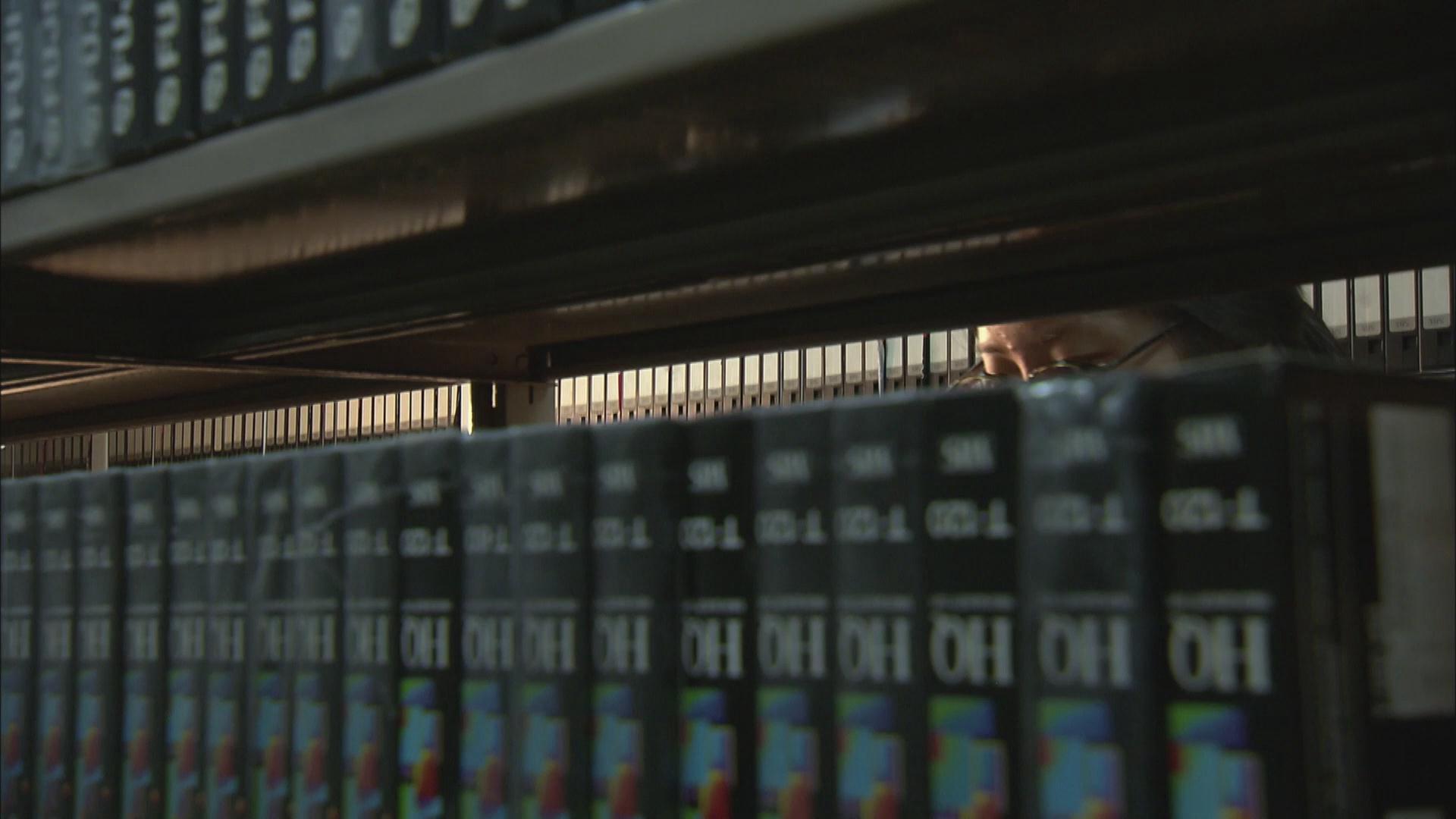
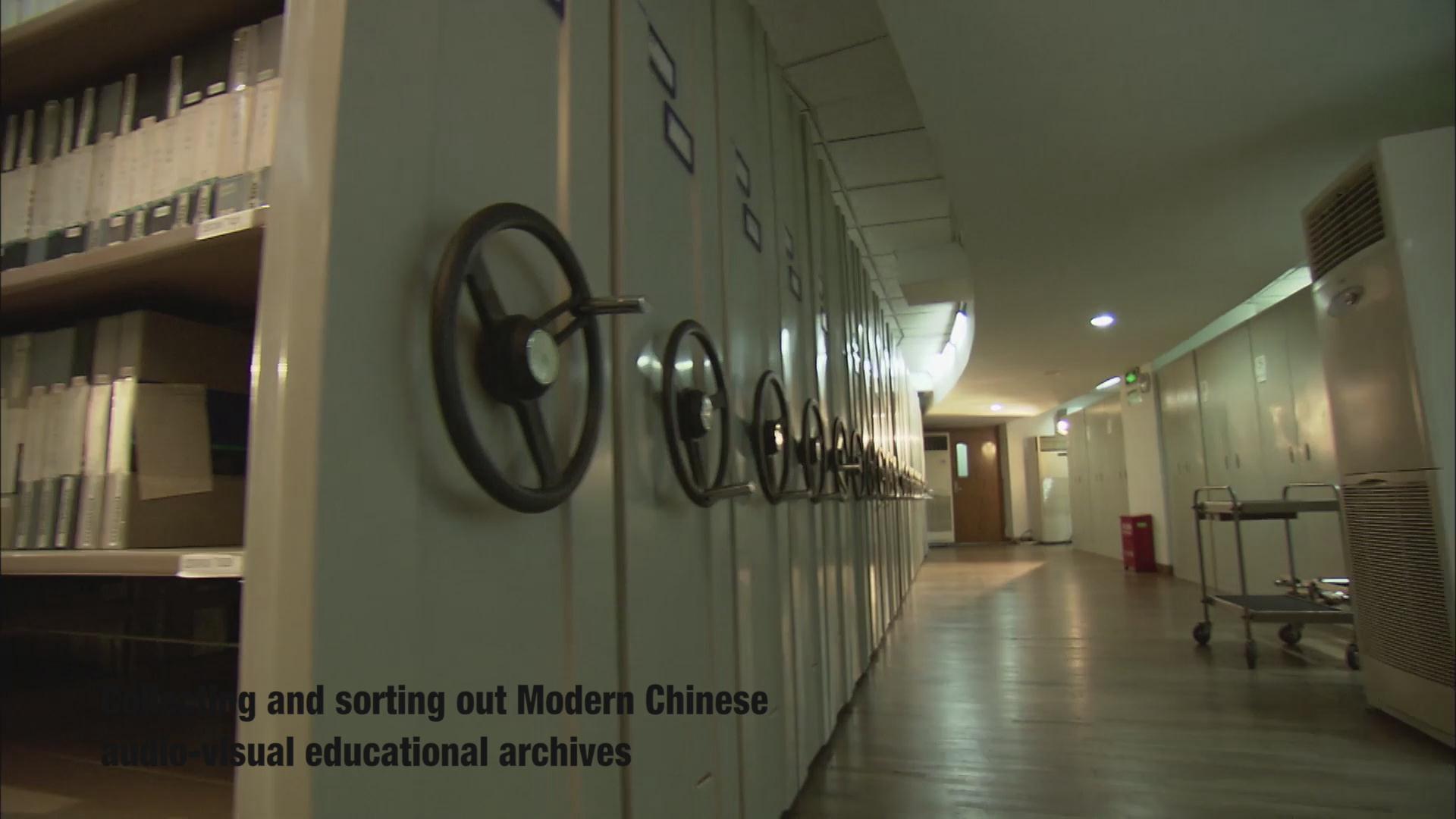
Highlights of the Project
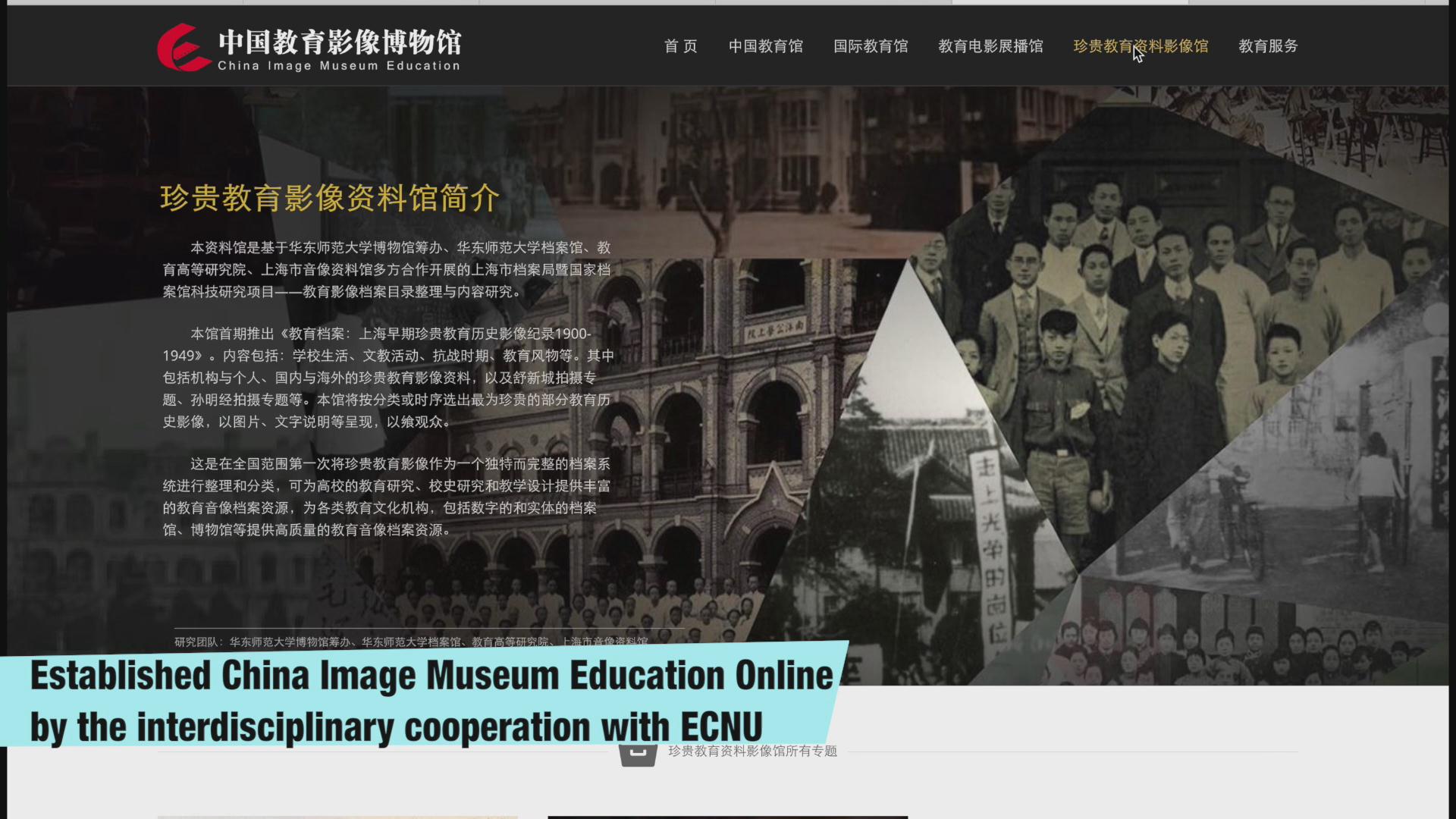
Since the collected archives are of various sources and of fragmentary contents, we not only preserved and protected them in physical medium, but also introduced NVivo, a professional qualitative analysis software, to help us study them. Using the software, we analyzed the videos in detail, frame by frame, to establish connections among these materials, and to further reveal the historical information hidden behind them. Thanks to the software, we could classify, extract and exploit our archives more efficiently, and gained deeper understanding of the preservation of historical visual contents.
Precious Contents of the Archives
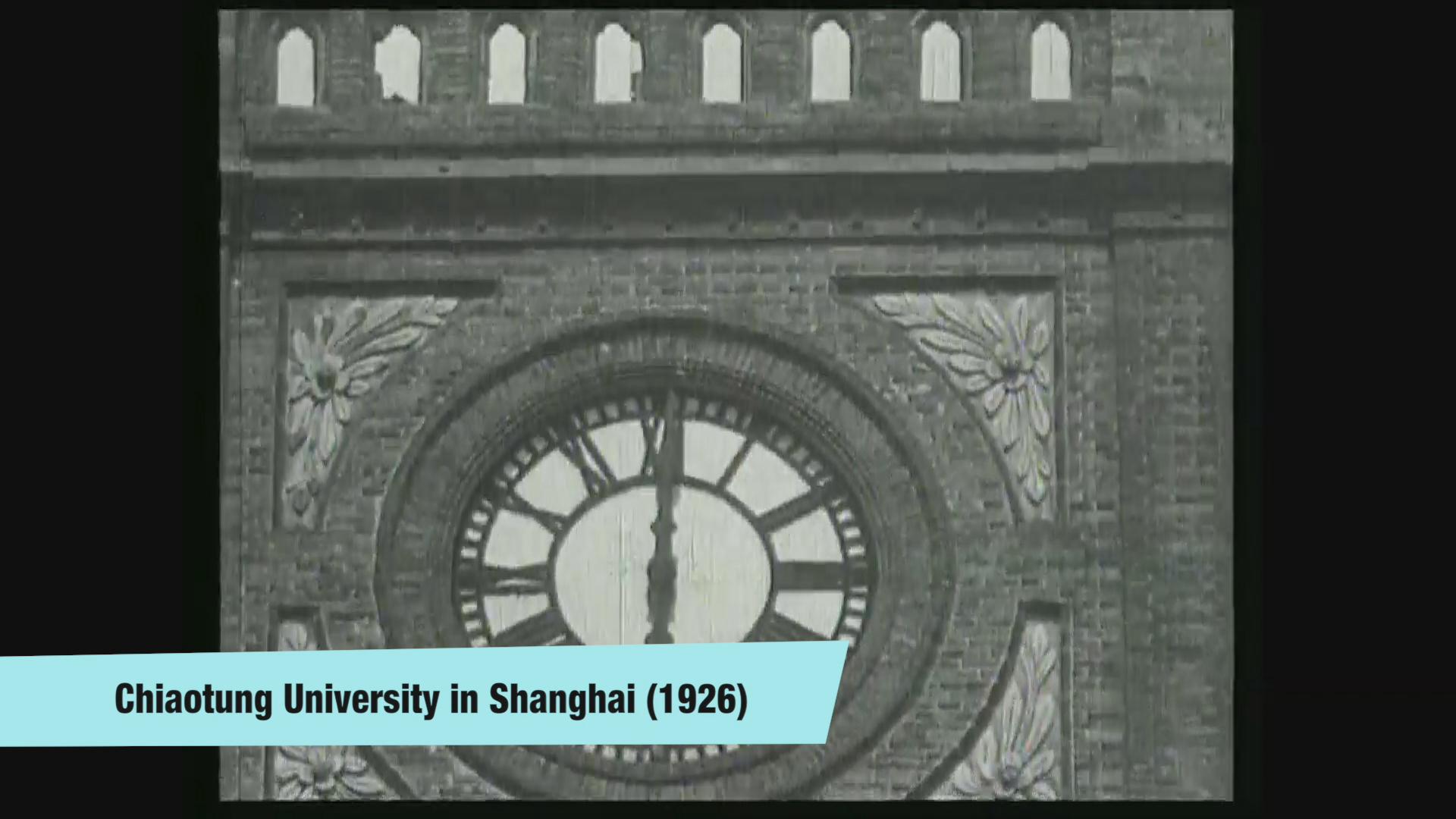

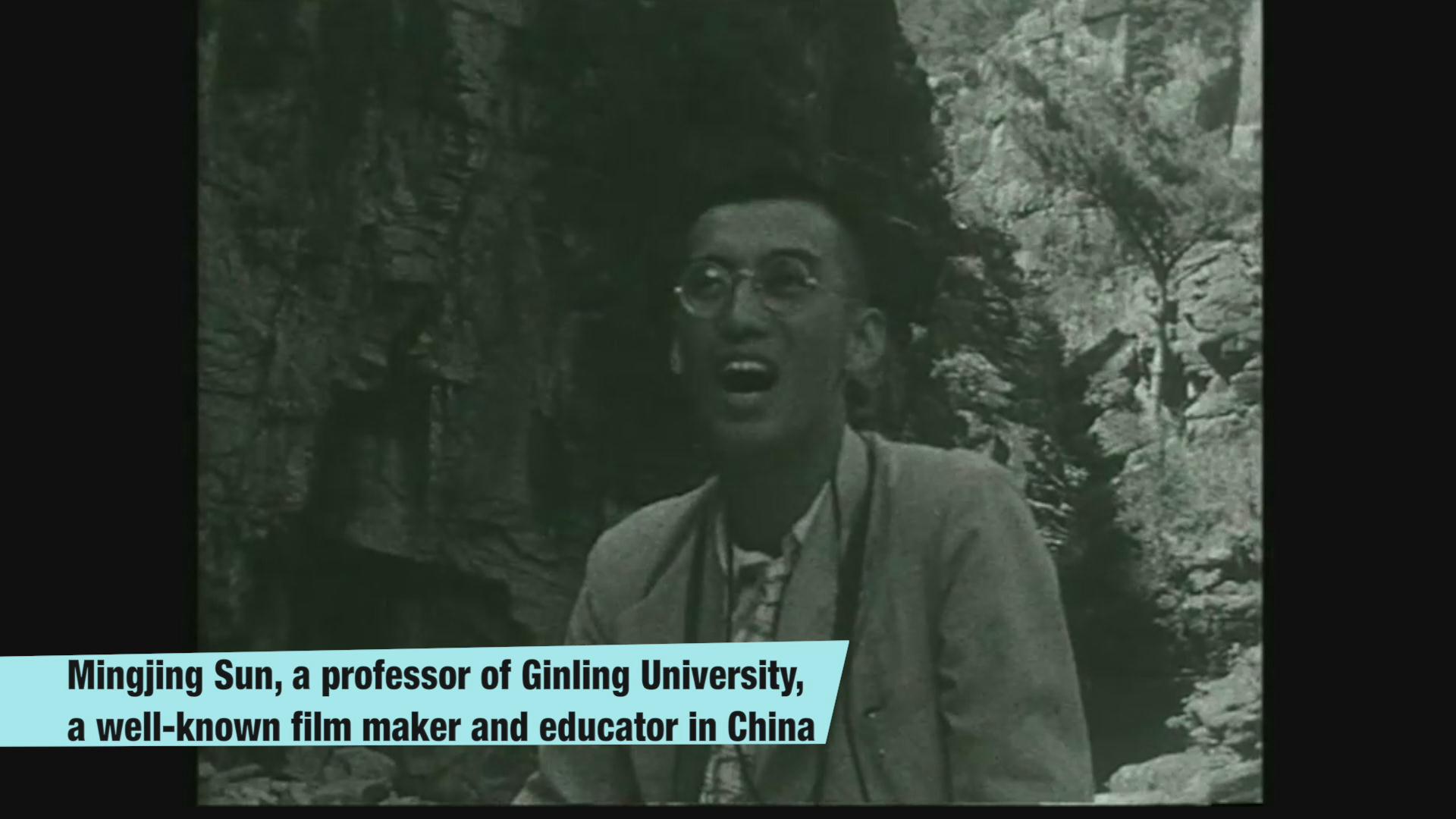
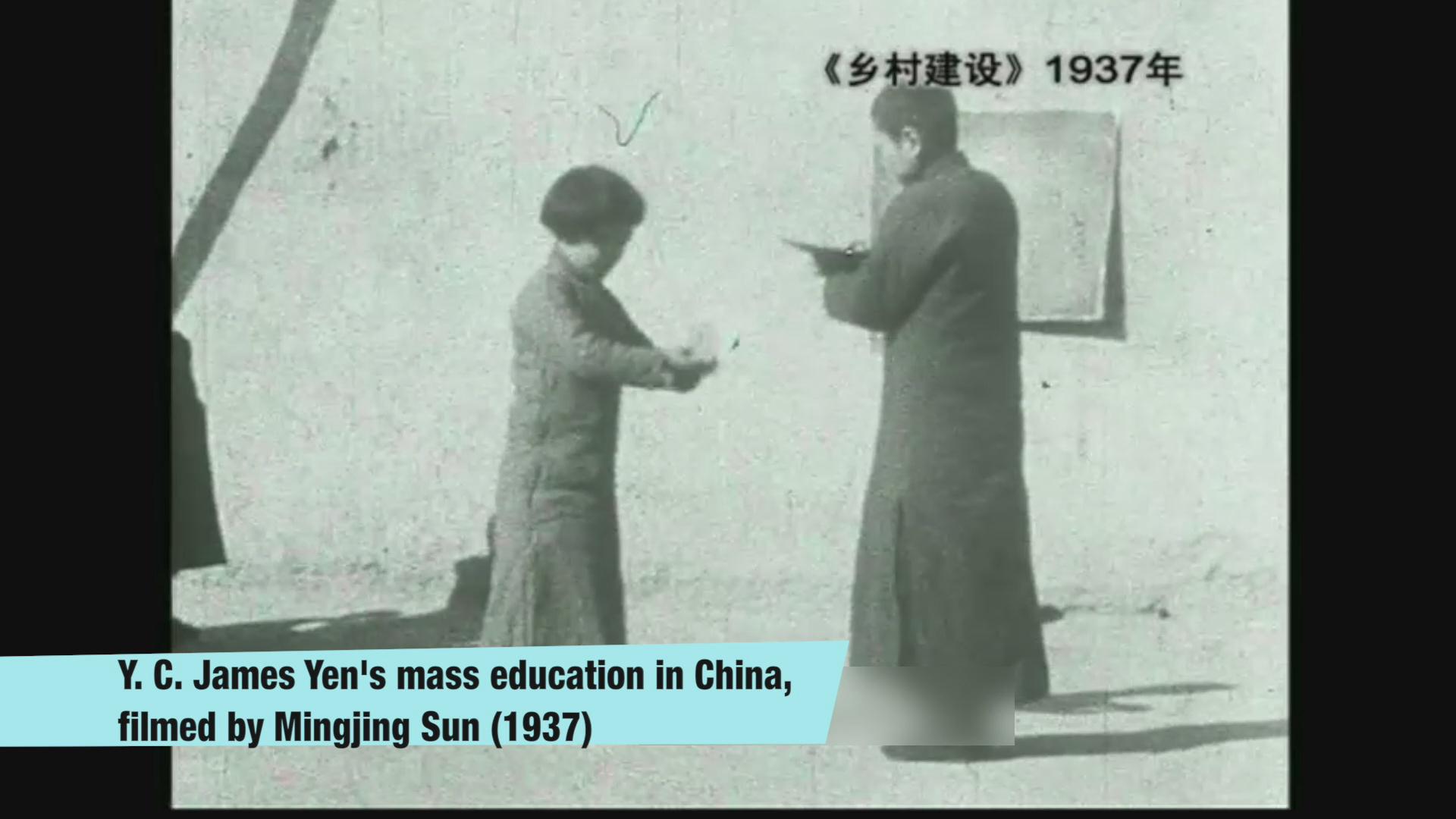
The development of China’s modern education reflected the nation’s persistent struggle for modernity in China. Since film technology was not popularized in modern times, videos produced during that period are very precious. Although the videos about the history of China’s education contain just fragmentary information, they are still of great cultural and historical significance. We have sorted out and studied the videos to trace the life of educators and educatees in modern China from different angles, to uncover the mysteries of China’s modern education, and to record a vivid and rarely-known history of the education in modern China. Although the audience may know little about this subject, we hope that they can still have a general idea about China’s modern education through our project. We also hope that our project can give a visual account of the history of China’s education, and provide certain inspiration for future development of it.
Difficult and Complicated Work
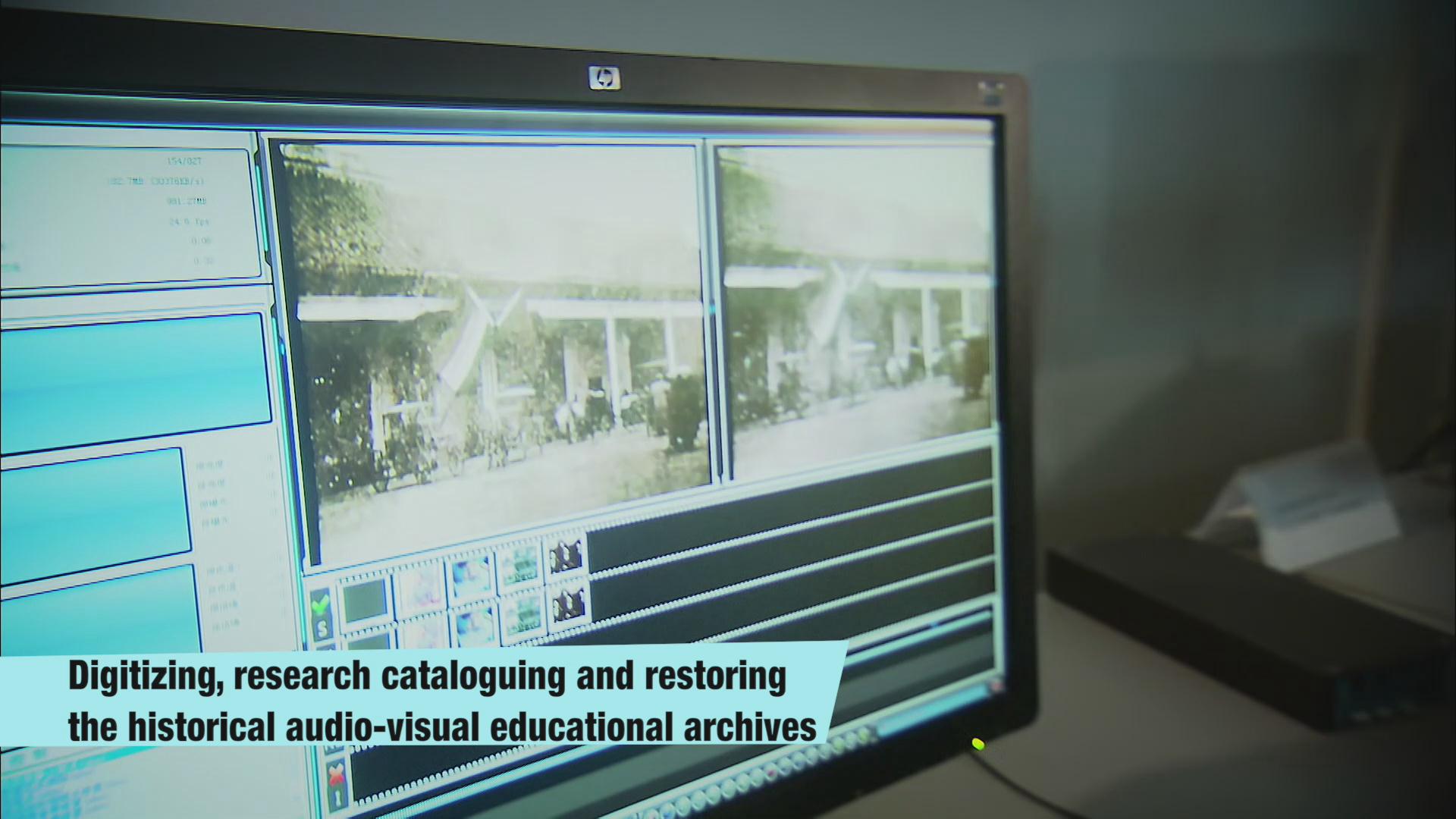
Because there were few videos centering on China’s modern education in the past, and few people paid attention to the preservation of such videos, these precious archives were long scattered worldwide, and were kept in its original form by different institutions which are specialized in collecting audio-visual archives, thus directly affecting the efficient utilization of relative resources. Such reality made it difficult and complicated to search for, collect, and sort out the videos. The materials of our project were mostly discovered and extracted from news footage and documentaries of different ages. Since the videos we collected were of varied sources, and were incoherent and unstructured, we made great efforts to sort out and classify these materials, and spent much time verifying and studying them, hence setting up a high-quality database with catalogued historical videos and other related information.
Interdisciplinary and In-depth Research
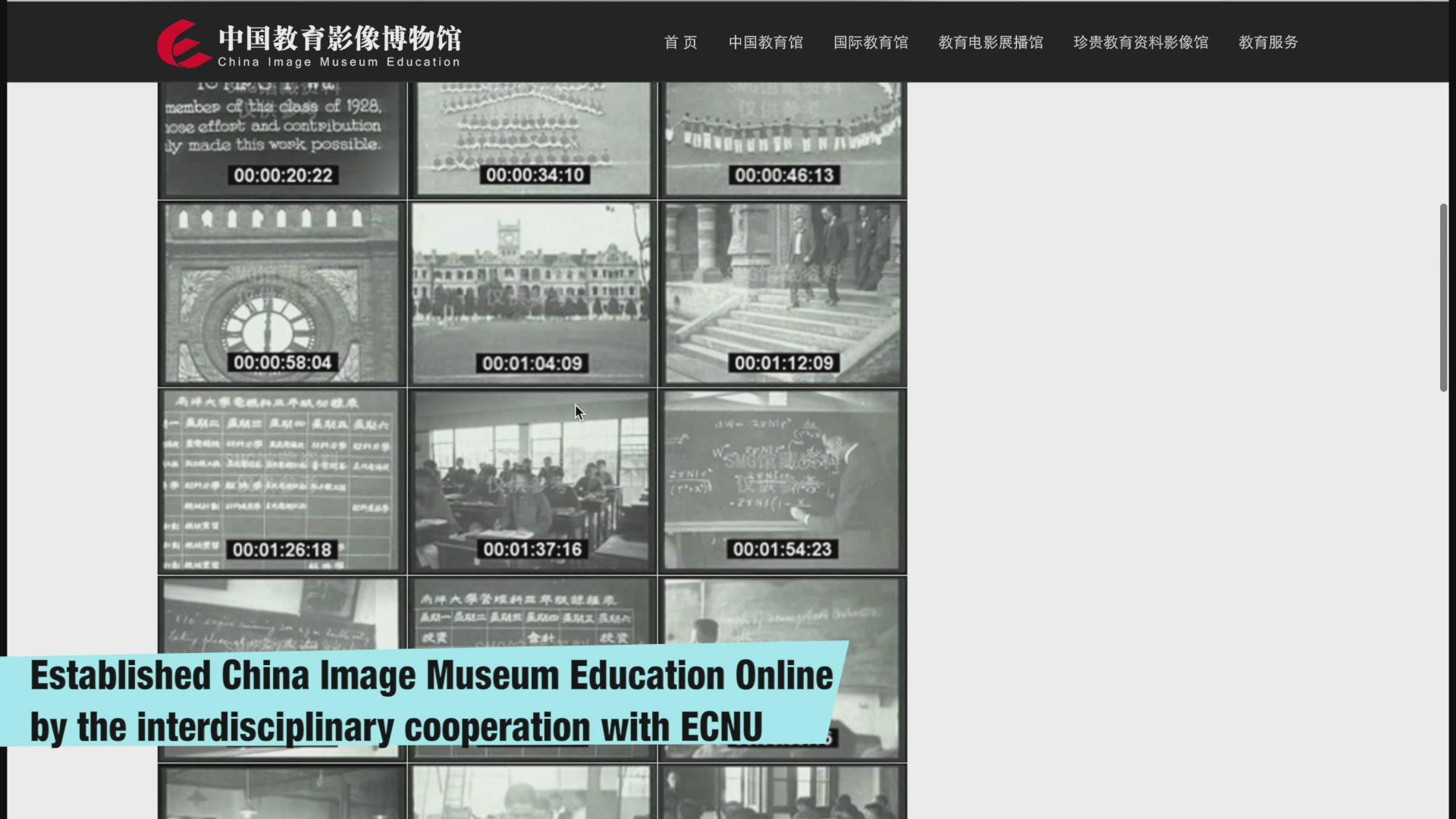
Through interdisciplinary cooperation with Institute for Advanced Studies in Education of East China Normal University (ECNU), we have made our project not only a platform simply for sharing audiovisual resources, but also a research tool supported by professional knowledge of the academic community. We, together with professionals of the academic institution, classified, studied and recreated our materials about China’s modern education. We also carried out professional classification and data analysis of the historical information directly conveyed by these videos to reveal the internal connections among the videos which were originally unrelated to each other. Through these processes, we hope that our project can serve the in-depth research on the history of China’s modern education, and better disseminate and display these videos in a new form.